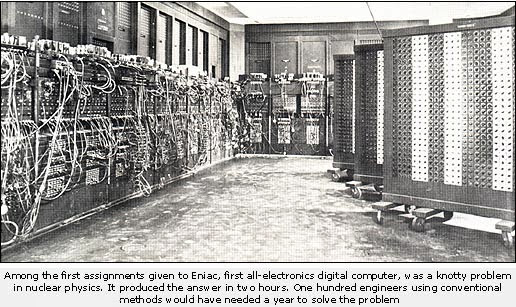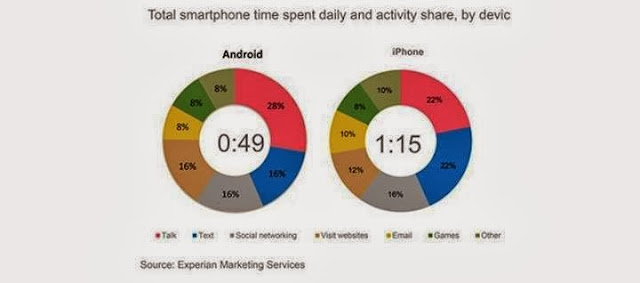The demo applications Microsoft has shown so far for its Surface touch-tabletop system --for ordering drinks, sharing photos by dragging them and finger painting -- have left me cold.
But at the Consumer Electronics Show this week, Microsoft is discussing and demonstrating some different Surface application prototypes that seem somewhat more compelling.
During his CES keynote, Microsoft Chairman Bill Gates showed off a snowboard-customization demo that
indicates the kinds of interactive retail applications which might
shine on Surface multi-touch systems. Microsoft issued some talking
points about the demo, claiming it "provides a clear solution to common
consumer pain points," including (according to Microsoft):
- being overwhelmed by choices
- not having enough information
- can’t make it yours
- want to share it with friends
"The (Surface snowboard) application showcases the four key attributes
of a surface computer including; multi-touch, object recognition, direct
interaction and multi-user," said an e-mail message sent to me by the
Surface team.

Microsoft also is highlighting at this week's CES show a "wine-bar
demo application." This app looks similar to the drink and food ordering
application Microsoft has been showing off for the past few months
during public Surface demos. But there's one new element I hadn't seen
before that is more educational. Tags on customers' wine glasses, when
placed on the Surface tabletop, call up a map of the region from which
the wine originates. The touch-activated map can provide all kinds of
additional details about the vinters, the grapes, the climate, etc.
For those who listened closely to Gates' Sunday night keynote, there
was a hint that gaming and office-productivity applications are in the
pipeline for a Surface "desk," "meeting room table" or other kinds of
future Surface systems, as well. From the transcript of Gates' remarks:
Gates and others at Microsoft are still betting big on natural user
interfaces -- touch, speech, gestures -- as being the keys to the input
kingdom. Supposedly, these input modes were going to take off during the
"first digital decade." But Tablet PCs didn't take hold at anywhere near the rates he predicted.
While touch and speech will no doubt take off on cell phones and
on-board auto systems, I admit I'm still am a doubter about how quickly
or well they'll be adopted by PC users. Call me a Luddite, but if the
Surface had a keyboard, I'd definitely prefer it over touch or speech.
What's your take on the Surface? Will touch technology drive the
Surface? Or will Surface finally get more Microsoft users to make use of
non-keyboard-based input technologies?
abut Microsoft
read more vist our fb page .. click here
































